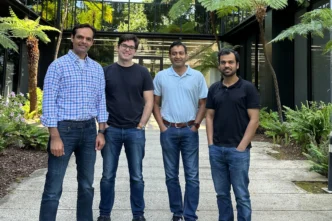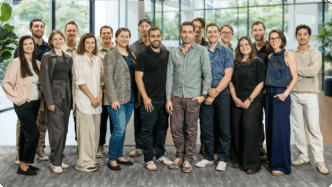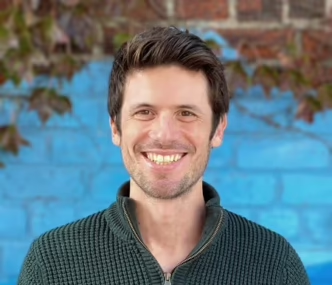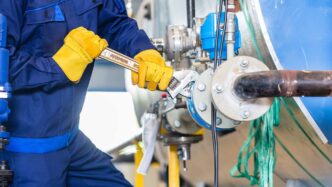China’s auto industry is moving at breakneck speed. New electric vehicle (EV) models are launched in just 18 months—less than half the time needed by legacy Western automakers. This fast pace is forcing a shift in Battery design, that is how battery systems are designed, tested, and optimized.
That’s where Breathe Battery Technologies comes in.
Solving the EV Battery Puzzle with Software
“Shorter development cycles are putting huge pressure on both costs and time,” said Ian Campbell, co-founder and CEO of Breathe. “This pressure is being felt in China, Asia, and across the West.”
Breathe aims to bring more flexibility and speed to battery development using advanced software. Rather than making costly physical changes, automakers can now simulate and optimize battery performance using Breathe’s tools.
The company recently raised $21 million in a Series B round, led by Kinnevik Online AB. Other investors include Lowercarbon Capital and the Volvo Cars Tech Fund.
From Charge to Design: A Complete Battery Software Suite
Breathe’s first product, Charge, focuses on fast and safe battery charging. It tailors the charging strategy to each cell’s unique behavior—important since no two battery cells are exactly the same. Some may heat up more under stress, while others can handle faster charging better.
Early adopters have already seen success. Oppo, the Chinese smartphone maker, reduced charging time by 27% using Breathe’s software. Volvo integrated the tech into its upcoming ES90 sedan, allowing it to charge from 10% to 80% in just 20 minutes.
Beyond Charge, Breathe now offers three more products:
- Model: Simulates long-term battery performance.
- Map: Adds real-world testing to refine predictions.
- Design: (Coming soon) Helps engineers create batteries faster with AI support.
Each product works together to minimize lab testing and accelerate development.
How Breathe Software Helps Automakers Win
Battery makers today need to choose between trade-offs: speed, longevity, cost, and reliability. Campbell explained, “They want to understand their options and what will happen when they make design trade-offs.”
To support that, Breathe runs tests in its London-based battery lab. Within four weeks, it delivers a simulated model of battery performance. As real test data rolls in, the Map tool updates predictions with improved accuracy. This feedback loop gives engineers an edge in high-speed development environments like China.
The upcoming Design product will round out Breathe’s offering. It aims to speed up the entire battery development process—similar to how Cadence and Synopsys software revolutionized semiconductor design.
“We want to do for batteries what simulation software did for chips,” Campbell said. That includes allowing companies like Apple and Nvidia to design with foundries like TSMC using virtual models before manufacturing begins.
With EVs growing fast and battery innovation becoming critical, Breathe’s battery design software could be a game-changer for the global auto and electronics markets.













